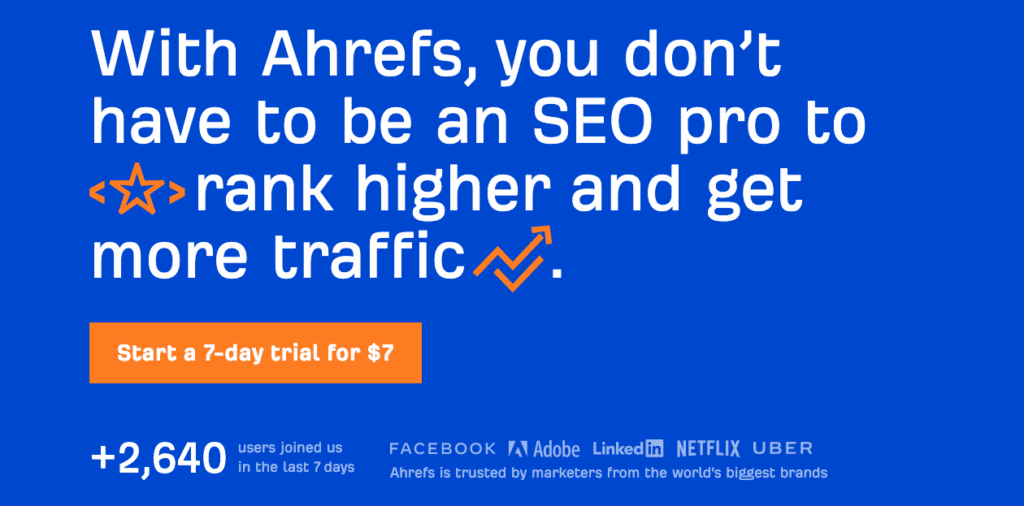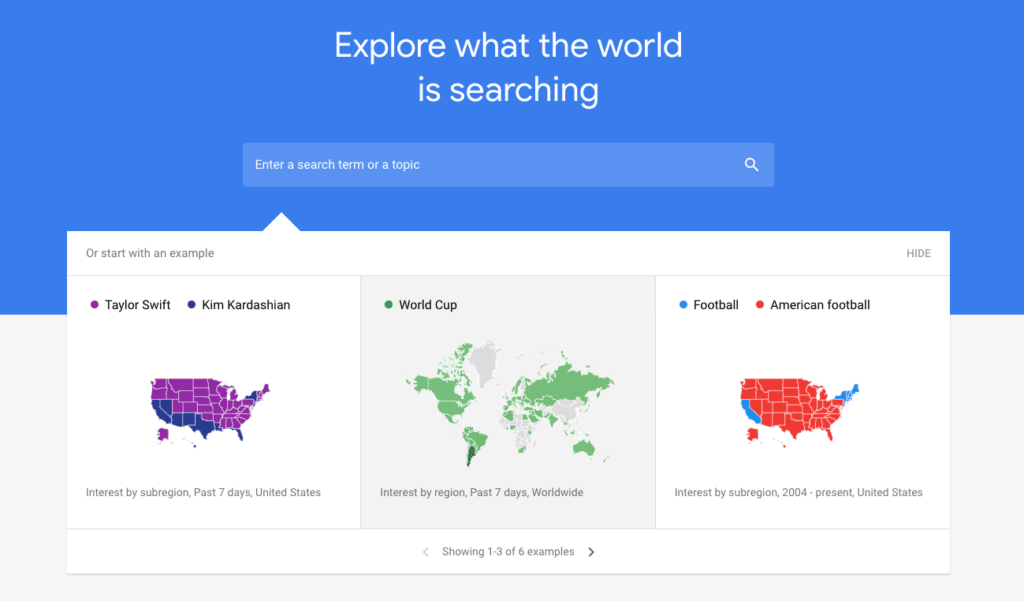Content marketing is done by creating content, in the form of articles, tutorials, ebooks, and more that their consumers can benefit from. This content will eventually become a sales lead.
However, content marketing will not be efficient if you don’t understand your audience. To create content that is useful for visitors, you must learn their wants and needs.
This article will explain the steps to understanding your target audience as part of the content marketing strategy.
Start by performing keyword research
Keyword research helps give insight into what people are looking up on Google. With these insights, you can see topics related to your business that people need to know.
To do this, easily use Ahrefs keyword research tool. Enter your niche or the product or service you’re selling as a seed keyword, choose the country, and click search. Then, click on Keyword Ideas, and all the keywords related to your business will appear.

Learn about the audience through the Search Volume column. The Search Volume column shows how much people search for a specific keyword. The higher the number, the more people need to know about a topic.
Look at your website and social media analytics
Website analytics is the information gathered from your website and how visitors interact with it. From here, you can see the number of visitors and which content pieces or pages they visit the most. You can also see if your content is making them take action, known as the conversion rate.
Social media analytics focuses on information about the target audience. It’s data about topics that they like and what they dislike, commonly referred to as sentiment. You can also see their opinion about the category of your product and services.
With all of this data, you can predict what your target audiences are already interested in. From there, you tailor the content that they need to make them click on your page. After all, content marketing aims to meet your target audience’s interest and generate sales lead.
All of this knowledge is attainable by installing Google Analytics. Google Analytics is a service that tracks the traffic of a website and displays the visitors’ demographics, where they’re coming from, how long they stay on a page and more. However, keep in mind that a lot of these metrics will be greatly influenced by the quality of your site.
For example, if your website is slow and poorly optimized, even a phenomenally created content piece won’t perform well. For that you need to take care of your site. You need to use a quality WordPress hosting solution, make sure you have an SSL certificate (you can get one free with Cloudflare,) and focus on speed and responsive design.
We recommend WordPress because it is one of the most popular blogging platforms, and it simplifies running a blog – the most popular way to partake in content marketing. Not only Google Analytics, but you can also install plenty of other useful tools. For example, install an SEO tool to optimize your page rank so that the target audience can find your content.
Conduct surveys
The data from Google Analytics are great to know the audience’s interest, but it is partial. Simply put, Google collects data from third-party DoubleClick cookies, and if not all of your site visitors allow cookies, they won’t generate complete information that matches your overall traffic.
Therefore, conducting an extra survey is necessary when learning about the target audience. It makes your data more accurate, which you can use for more useful content creation.
To do it, define what you need to know. Cover all of the information that Google Analytics can’t accurately generate, such as the target audience’s wants, motives, and what they seek from your content and business.
Second, know who to ask these questions to. Targeting the right people is vital to get more accurate data. You may want to send these questions to your buyers or your website’s visitors.
Third, find a way to make them answer these questions. You can try placing your questions on Google Forms, sharing it across your social media channels, or putting them in your site and letting the audience answer in the comments section.
Additionally, you can offer additional incentives. Create an ebook that holds a lot of useful information, and encourage users to partake in surveys by giving it away after completion.
Analyze the competition
Analyzing your competitors can help you further understand what the audience prefers.
You can do it by using the keyword research tool. Choose a keyword and click on the SERP (Search Engine Results Page) Button, then see all articles that rank the top 10 on the specific keyword.
First, study what’s good about ranking competitor articles. Analyze the pages to see what kind of content format is favorable to the audience and see why they rank.
Then, point out the missing links or gaps in information that the sites have. These sites may have some features they have not discussed yet, write these features down in your content.
Look at social media shares
Analyzing social media trends gives insight into what people are talking about. Knowing this means knowing their current interests and what they are sharing with others.
Google Trends is one of the examples of tools to help you analyze. Enter your niche, then it will generate related topics and keywords that people search the most for. You can use these results to base your content on.

Create a user persona
Once you have a good understanding of the audience, create a user persona to target your content more effectively.
A user persona is a representative profile of your current and potential users. This profile includes details like their demographics, personality, goals, frustrations, and motivations.
Your content will be unique and helpful from having a user persona, compared to your competitors who don’t have it figured out. A user persona tells you what your customers need, so you will answer all of their questions – even the ones they don’t know they have.
To define it, the first thing you need to do is research. You can use the information that you already have at hand, for example, from your buyers. Or, conduct a survey, or use web analytics as we have discussed above.
Then, set the demographic profile. Name the persona, give them a gender, define their age. You should also add information like marital status and income.
Finally, define their goals, motivation, and frustrations. With the goals and motivations, you know how to meet their needs and win their loyalty. With the frustrations or pain points, you know your audience’s problems that you need to solve through your content.
In conclusion
To know the audience, know what they want and need. That can be obtained by doing keyword research and referring to social media and website analytics.
Then, carefully analyze the audience and get as much data as possible. Conduct a survey, analyze the competition, and look at social media shares. You will know their motives, their preferences, and their current interests.
Finally, create a user persona using the data you have collected through the process. This user persona will help with creating tailored content for the audience in the long run.
Now that you reach the end of the article, you have everything to know about studying your audience.
